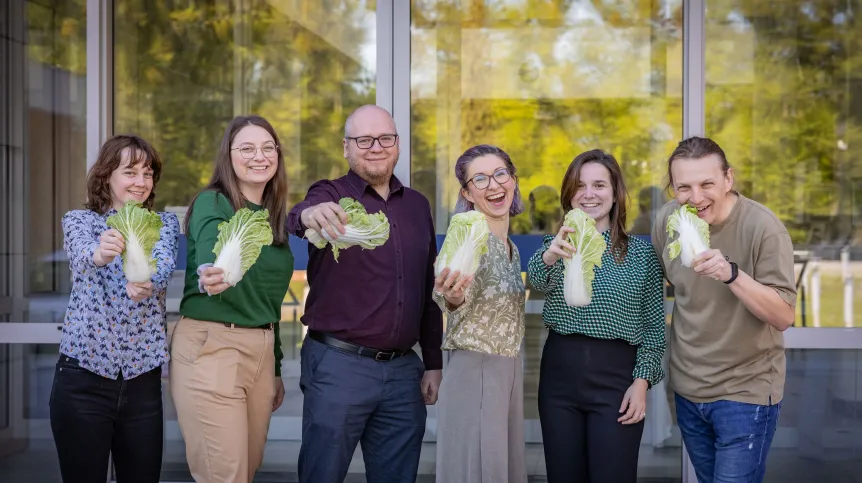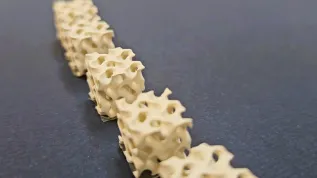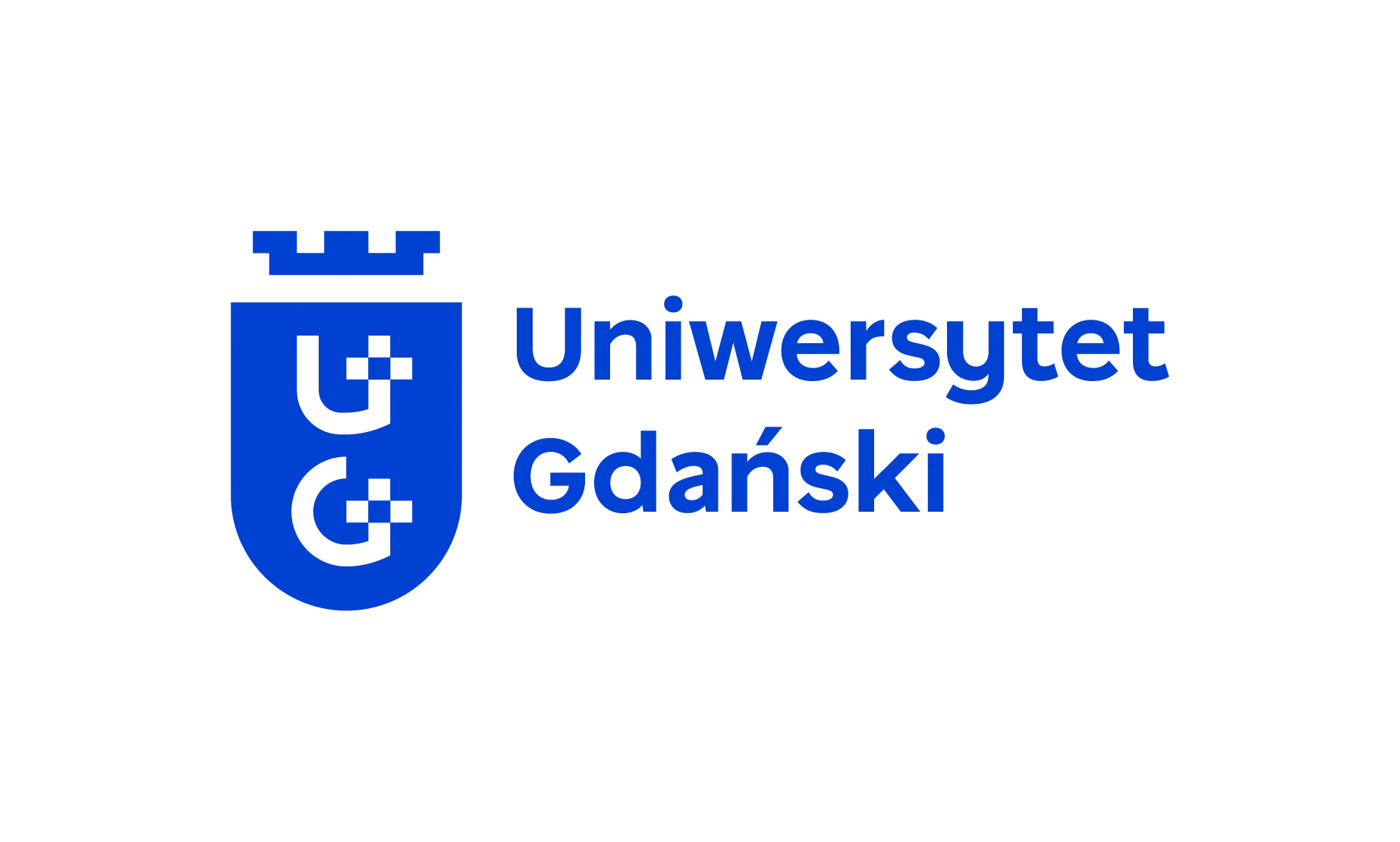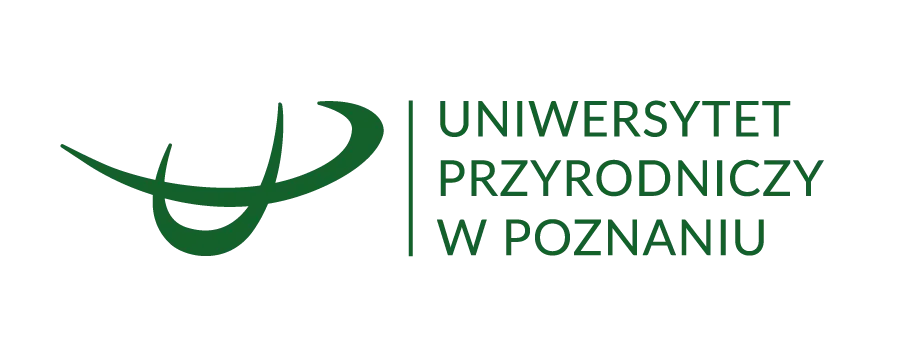
Scientists from the Gdańsk University of Technology and the Institute of Fluid-Flow Machinery of the Polish Academy of Sciences have converted Chinese cabbage leaves into a material suitable for use in sensors - not only in food-related applications, but also in medical and environmental contexts, the Gdańsk university reports.
Based on pyrolysis, researchers from the interdisciplinary scientific student group RedOX at the Gdańsk University of Technology, under the supervision of Katarzyna Siuzdak (IFFM PAS), Andrzej Nowak (Gdańsk Tech), and Professor Jacek Ryl (Gdańsk Tech), undertook the upcycling of Chinese cabbage, i.e., transforming it into a material of higher value.
The research focused on utilising cabbage leaves enriched with copper as an organic waste material for the production of activated carbon, which is used in the detection of ascorbic acid (vitamin C), explains Wiktoria Lipińska, PhD (IFFM PAS), a graduate of both 1st and 2nd cycle studies at Gdańsk University of Technology.
'We demonstrated that appropriately processed organic waste can be used in the fabrication of electrode materials for sensors' Lipińska says
Angelika Łepek, a doctoral candidate at the Doctoral School of the Gdańsk University of Technology (Faculty of Technical Physics and Applied Mathematics) talks about the research process.
'First, we cut the cabbage leaves into pieces and immersed them in copper salts of varying concentrations. We then subjected them to pyrolysis in an inert atmosphere, producing a carbon-copper powder that was used to modify a glassy carbon electrode. In the next stage, we examined its electrochemical properties in terms of vitamin C detection, which we introduced into the electrolyte in a controlled manner', Łepek describes
According to Stefania Wolff, a doctoral candidate at the Doctoral School of the Gdańsk University of Technology and IFFM PAS, the team proved that the material derived from cabbage waste can be effectively used in sensors for food applications, specifically for determining vitamin C concentrations in fruit juices
The results of the research project funded through the TECHNETIUM programme, were detailed in the paper 'Catalytic properties of copper ions enriched cabbage-based carbon materials towards ascorbic acid detection" published in the high-impact journal Sustainable Materials and Technologies. These results also led to a patent application.
The research team included members of the RedOX Scientific Group: Wiktoria Lipińska, PhD, (IFFM PAS, Gdańsk Tech Graduate, first author of the paper), Angelika Łepek (FAPM Gdańsk Tech), Stefania Wolff (FAPM Gdańsk Tech and IFFM PAS), as well as Professor Jacek Ryl (FAPM Gdańsk Tech), Andrzej Nowak, PhD, a professor at Gdańsk Tech (FCH Gdańsk Tech), and Katarzyna Siuzdak, PhD, a professor at the IFFM PAS, supervisor of the RedOX Scientific Group and project leader.
The RedOX Scientific Group, operating for the past two years at the Gdańsk University of Technology, is the first student scientific organization in Poland affiliated with The Electrochemical Society. This initiative brings together students and doctoral candidates with interests in electrochemistry, photochemistry, catalysis, and related fields. The group's aim is to advance knowledge and practical skills in electrochemistry, and to conduct both fundamental and applied research. RedOX members are actively involved in the development of various 3D printing technologies for electrochemical applications. (PAP)
PAP - Science in Poland
kszy/ zan/













